Crete – Island of myth and legends
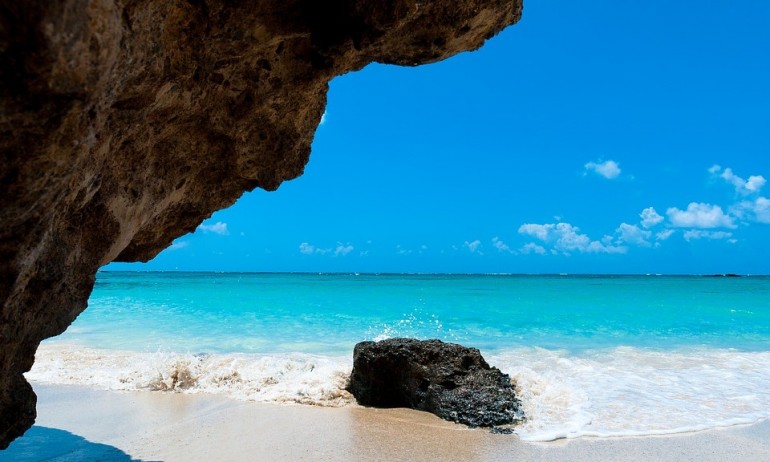
History, sights, activities and events
Undoubtedly, Crete is among the most picturesque places in the Mediterranean. However, being a birthplace of one of the first European civilizations, the Minoan, the island is not an ordinary tourist destination. Here the main actions of some of the most popular ancient Greek myths took place – those for Europe, King Minos, Dedal and Icarus, the Minotaur, Theseus and Ariadne. With its numerous sights, magnificent constructions from different cultural layers of history, the island is a perfect place for the inquisitive traveler who wants to dive deep in the past and find out more about it. Not less charming remains the island for lovers of beautiful nature, paradise beaches, delicious food, fresh lemon scent of the Mediterranean and unforgettable emotions. If you've decided to give yourself a magical journey to the Island of Myths and Legends this summer, the following article offers you a brief and colorful preparation for it.
THE BIGGEST GREEK ISLAND: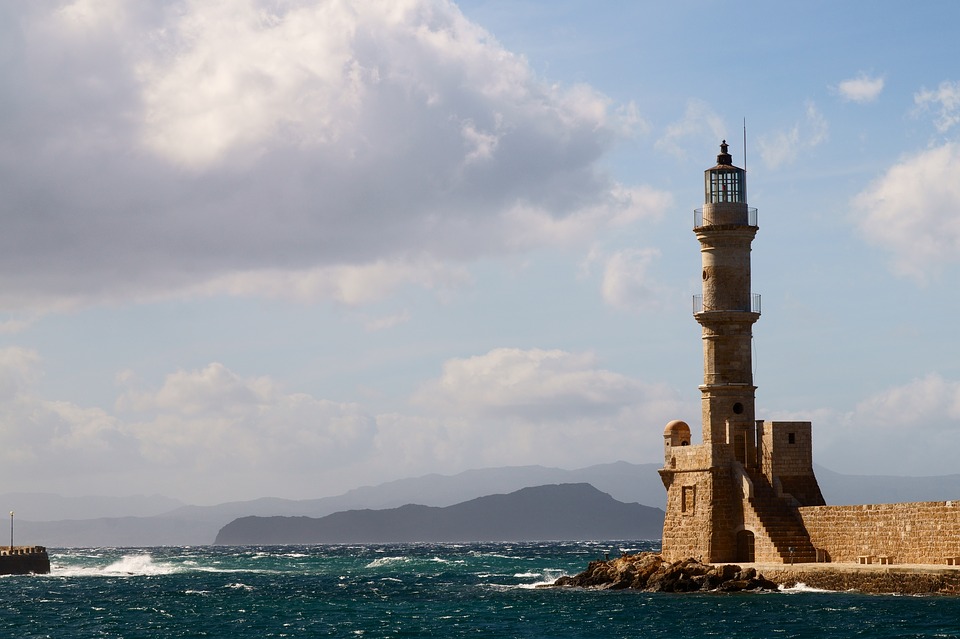 pixabay
pixabay
With its 8336 sq. km, Crete ranks first among the Greek islands and fifth in the Mediterranean, being the southernmost and sunniest point of Greece. It stands 110 km from Europe, 170 from Asia and 300 from Africa, which makes the island’s a location of particularly strategic importance. That is exactly why it has been inhabited since ancient times.
HISTORY BEFORE THE HISTORY: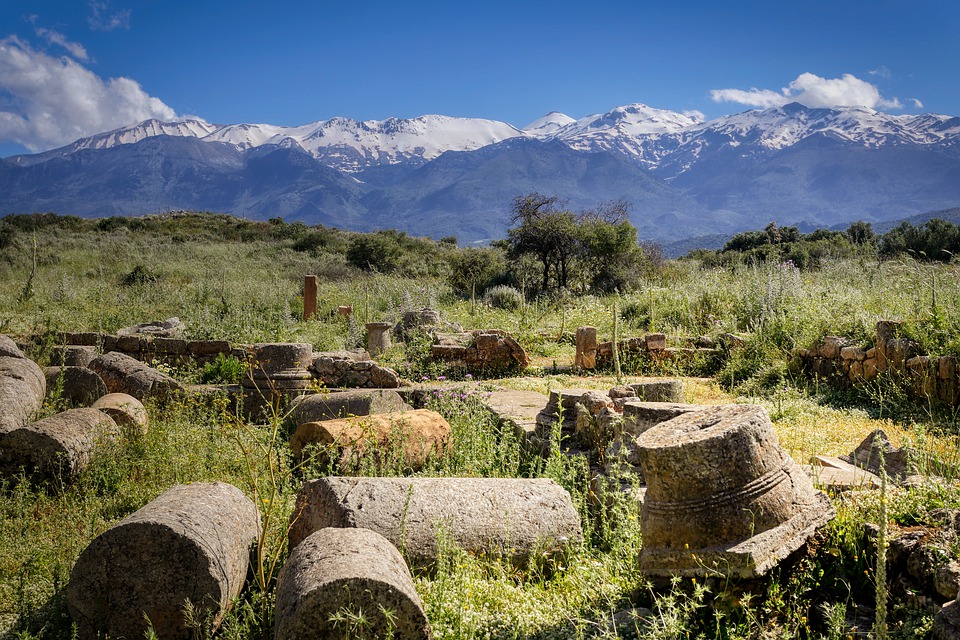 pixabay
pixabay
The history of Crete is so ancient it could hardly be narrated briefly. Archaeological surveys from 2008 indicate the presence of people on the island 130,000 years ago during the Paleolithic era. Later, between 2700 and 1420 BC, Crete became a center for the development of the first advanced European civilization, the Minoans, who even created their own writing system – Linear A. But beyond the many myths and legends of King Minos, from whom the Minoans are believed to have originate from, there are indeed studies and archaeological data proving the flourishment of the civilization at that time. Yet, some archaeologists are trying to find truths even in the myths – some palaces and complexes have been associated with those of legendary stories. For example, the Knossos Palace, which must necessarily be visited, is considered to be the Labyrinth, built by the great master Dedal.
Nowadays, from the former prosperity and material magnificence of this cradle of civilization, have remained only ruins, some of them restored. Many scientists believe that the Minoan disappearance is related to the eruption of the Terra volcano on the nearby island of Santorini. This happened in the 15th century BC and corresponds to the period of disintegration of their civilization. Other scientists disagree with those claims and are of the opinion that the first Cretan culture has been intentionally blotted out. These opinions are supported by evidence of the fact that most of the main courts had been burned out in the same period. The mycens – the next thriving civilization on the island – are the suspects. After that in the 10th century came the Dorians.
Around the 1st century the power was imposed by the Romans – this was a period of cultural upheaval and peace. Subsequently, the island was conquered by the Byzantines. Between 824 and 960, for a short period the Arabs asserted their power over Crete, but then the Byzantines managed to regain it. Then, when Byzantium was captured by the Crusaders in 1204, 3/8 of the territories of the former Empire, along with the island of Crete, were granted to the Venetian Republic. Under the rule of Venice, today's capital of Crete – Heraklion becomes the most fortified fortress of the eastern Mediterranean. The so-called Kingdom of Candia was created at that time, as the Venetians ruled the island until the Ottomans conquer it with the long Cretan War (1645 - 1669). And despite the invasion and the prolonged dominion of Islam after that, the Greek language and Christian customs managed to survive. On December 1, 1913, the island formally became part of Greece.
Today Crete is not only the largest and most populous Greek island, but it is also a significant part of the cultural heritage and the economic development of the whole country as it is one of the most desirable tourist destinations.
Something for everyone:
On Crete you can find something for everyone – as many cultural and historical heritage, as beautiful natural miracles! So, if you want to visit everything, you’d better rent a car. But be careful – the more places you visit, the harder it would be to leave then... Crete is charming indeed!
BEACHES: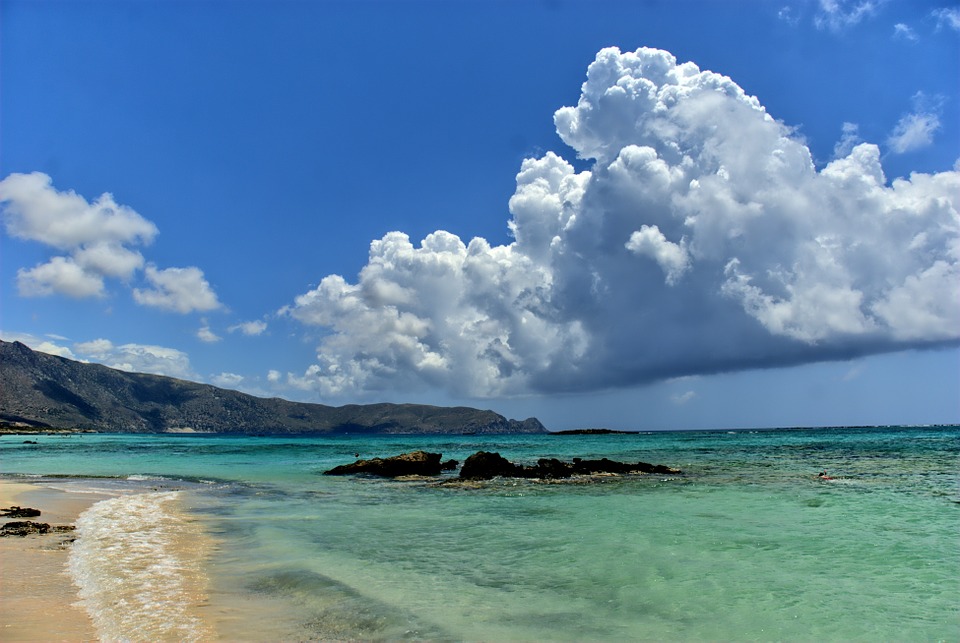 pixabay
pixabay
We warn you – this choice will not be easy. Here you will come across a big set of exceptionally beautiful and clean beaches – a pleasure for the senses. Among them are Elafonisi lagoon, which is famous for its light pink sand, Vai, which features the largest natural palm forest in Europe, Matala, over which there is a set of caves and many others.
HERAKLION: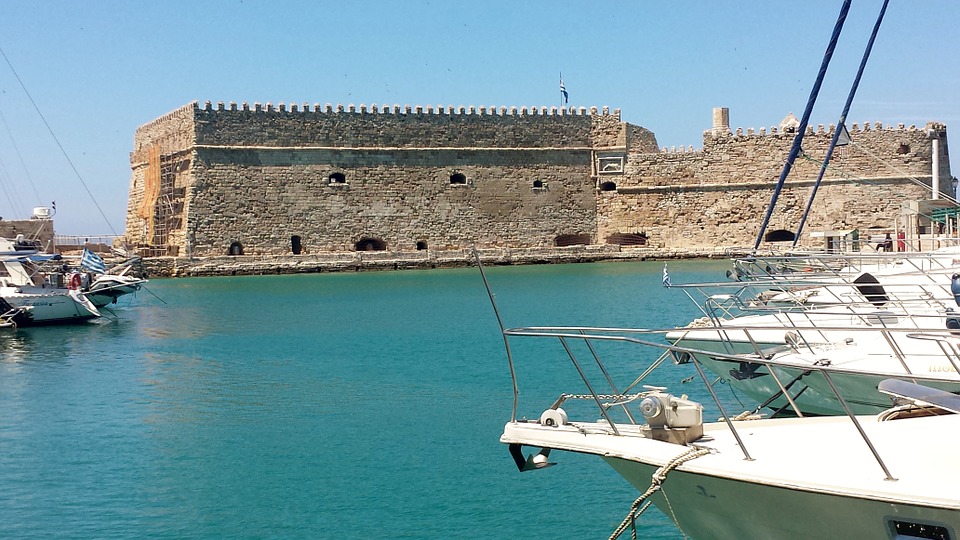 pixabay
pixabay
Heraklion is the capital of the island and the fourth largest city in Greece. Here and in the surrounding area you will find many sights. Some of the places you can visit are the St. Mark's Basilica, built in 1239, the Morozini Fountain at the Venetian Square, the Venetian Castle, the Archaeological Museum, the Historical Museum and others.
KNOSSOS: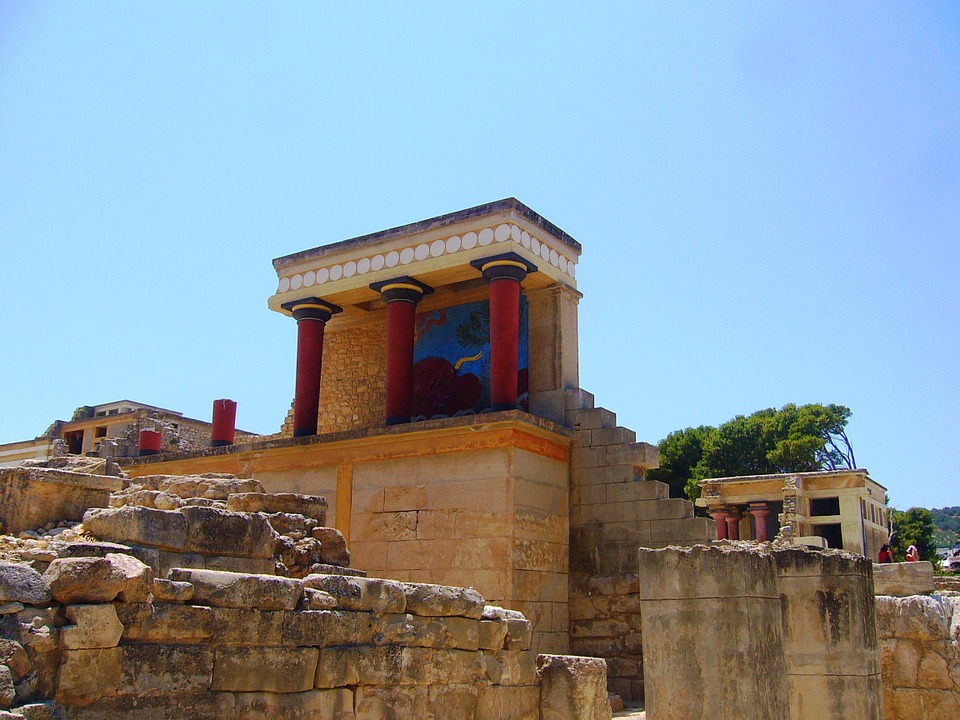 pixabay
pixabay
This is the largest archaeological site on the island. It is only 5 km from the capital. The name Knossos is carried by both the complex and the palace itself. Along with Fest and Malia, Knossos most likely functioned as a political and religious center of Minoan civilization. In fact, it is believed that this is the exact location of the Labyrinth built by Dedal, in which the Minotaur lived. The complex consists of over 1,000 corridor-related rooms including warehouses, workshops and more. Its size amazes! Among the most important and interesting sites are the Grand and the Little Palace, the Throne Hall, the Royal Tomb, the Fresco Room, the theater and all the administrative buildings in the western part of the palace.
THE ARCHAEOLOGICAL MUSEUM:
The visitation of the Knossos complex will probably also make you want to step by the Archaeological Museum in Heraklion, where the original frescoes found in the Minoan Palace are kept. Here you will find one of the richest collections of Minoan artifacts. Findings date back more than 5,500 years ago! The museum is of a great importance not only for Crete but also for Europe as it provides us with invaluable information about the life of one of the most ancient civilizations on the continent.
RETHYMNO:
Rethymno is an ancient city famous for its well-preserved Venetian medieval style combined with Cretan architecture. It is located in the western part of the island, between Chania and Heraklion. The city tempts tourists primarily with its narrow streets and cozy restaurants.
SFENDONIS CAVE:
Do not miss to visit this wonder of nature – a variety of stalactites and stalagmites, illuminated in many colours with special lighting. Legend tells that in this cave Rhea hid to give birth to Zeus. Part of it, however, is closed for visitors because it is inhabited by rare and endangered species living without light. It is located near Rethymno.
GORTYNA:
Gortyna is an ancient city, located in the southern part of the island about 40 km from the capital. This is precisely where, according to the ancient Greek myth, the beauty Europe, abducted by Zeus, who was disguised as a bull, conceived under a plane tree (platanus), which then grew ever green. Following this affair three children were born, Minos, Rhadamanthys and Sarpedon, who became the kings of the three Minoan Palaces in Crete. The city was mentioned in Iliad.
SAMARIA GORGE:
In Crete the beautiful natural formations, including canyons, called by the local people "pharanga", are many. Yet one of them – Samaria seems to surpass all others with its impressive size and unique views. Its passage is obligatory for fans of pedestrian tourism. With its 16 km length, the gorge is among the longest in Europe, and the transition takes an average of about 6-7 hours. You will not be able to resist this perfection of nature!
PINE – THE WINE VALLEY: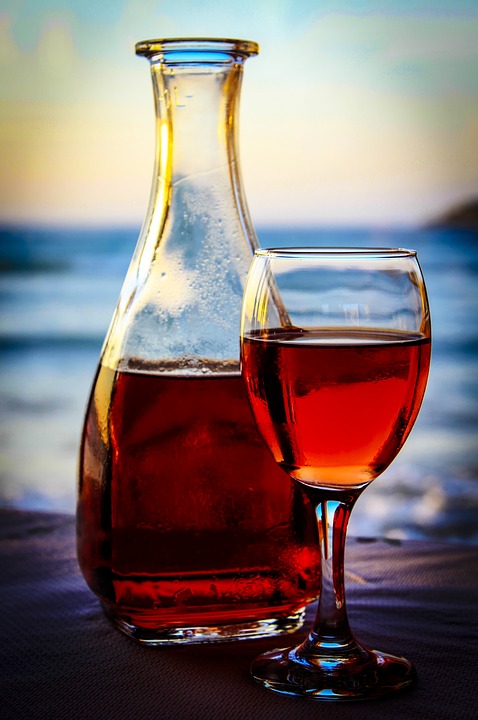 pixabay
pixabay
Attention to all the fine wine lovers! Twenty percent (20%) of the Greek wine production comes exactly from Crete. But seventy percent (70%) of the wine production of Crete comes from the Peza area in Heraklion prefecture. It is no accident that the place bears the name Valley of Wine. The wine region is old and has been known since the Minoan civilization.
FESTOS AND MALIA:
Besides Knossos, you should not forget to visit the palaces of Festos and Malia. Festos ranks second in size and its magnificent architectural composition is considered a typical example among the Minoan palaces.
Malia is located in the picturesque valley between Mount Dictus on the south and the coast to the north. It is believed that this is the palace where Sarpedon, the brother of King Minos, ruled from.
ACTIVITIES AND EVENTS:
While being on the island, do not miss the festivals and the variety of events organized here.
FESTIVALS:
In Crete you will never get bored with the variety of interesting events, especially during the summer.
For example, the Summer Arts Festival in Heraklion continues through all the summer months. From the beginning of July to the middle of August, the Cultural Festival of Cornaria is being held in Sitia. In August and September, you can enjoy the Renaissance Festival in Rethymno, including international dramatic and musical performances. In addition, in July again you should not miss one of the biggest wine festivals in Rethymno – 2 weeks of tasting a variety of fine wines, accompanied by music and dancing! At the end of August, you can also attend to a typical Cretan wedding organized every year on the island, to which all tourists are kindly invited.
NIGHT LIFE:
If you are looking for nightlife, you will not be disappointed for sure. In Hersonissos and Heraklion, the party never stops. There are many bars, pubs and nightclubs located mostly along the coastline. There are also many discos in Rethymnon and West Crete.
THE CRETAN FOOD:
Every country’s cuisine is an important part of its culture. So, if you want to get to know Crete better, do not forget to try the traditional Cretan dishes as well. They are known for their abundance of local olive oil, herbs, various kinds of home-made cheese, fresh vegetables, olives and crispy barley breads.
You will simply be more than satisfied with the variety of this glamorous place... Crete is a real pleasure that everybody deserves to experience! Just pick up a program from Tez Tour Bulgaria and feel its magic!





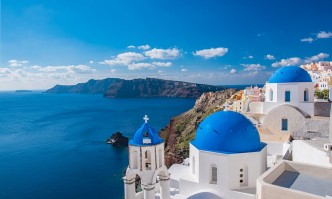
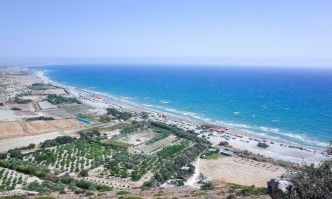
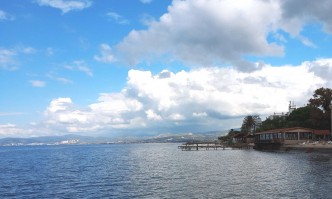
Comments (12)
26.01.2025 00:43 / Reply
27.01.2025 02:52 / Reply
30.01.2025 15:01 / Reply
01.02.2025 08:41 / Reply
03.02.2025 00:59 / Reply
Add comment